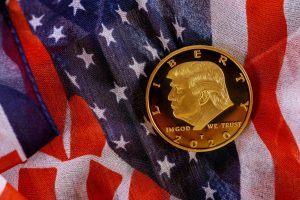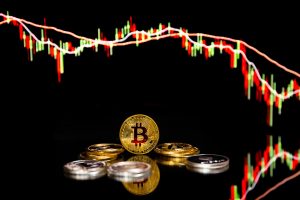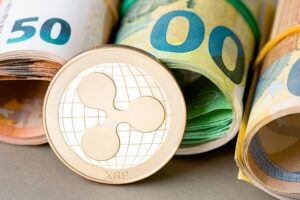The U.S. dollar maintained its ground on Wednesday, awaiting a crucial dollar-generating action from the Federal Reserve as global uncertainty mounted, accompanied by cautious optimism over revived U.S.-China trade talks.
After days of selling dollars, traders seemed to pause, awaiting Fed Chair Jerome Powell‘s view of the U.S. economy. The bulk of analysts expect the Fed to keep rates steady at 4.25 percent-4.50 percent; however, Powell’s tone will be closely read for any indication of forthcoming monetary easing.
“I don’t think the theme of U.S. dollar weakness is going to change,” said Tony Sycamore, analyst at IG. “There’s a lot of uncertainty from offshore investors as to whether they want to be overweight in U.S. equities.”
Asian Currencies Calm After Taiwan Dollar Frenzy
The broader mood across Asia was steadier, following a record-breaking rally in the Taiwan dollar earlier this week. That rally had spilled over into regional peers like the Singapore dollar and South Korean won, as investors exited the greenback in search of more stable ground.
However, the trend showed signs of cooling on Wednesday. Taiwan’s currency retreated 0.7%, while the won briefly touched a six-month high before falling 1.5%. China’s yuan also weakened after the People’s Bank of China announced its first reserve requirement ratio (RRR) cut of 2025 — a move aimed at shoring up domestic growth as trade headwinds persist.
The RRR cut lowers the amount of cash banks must hold in reserve, freeing up liquidity to support lending and economic activity. Chinese officials are trying to counter deflationary pressures and sluggish demand, exacerbated by reduced U.S. imports under new tariffs.
Euro Slips as Germany Changes Leadership
In Europe, the euro edged 0.2% lower to $1.1338, giving back some recent gains after Friedrich Merz was elected Germany’s new chancellor. Political shifts in Europe are also creating short-term volatility for the common currency, but analysts say the broader trend remains tied to Fed rate expectations.
The U.S. dollar index, which tracks the greenback against a basket of major peers, remained flat after falling for three straight sessions. That weakness has been driven largely by cooling U.S. inflation expectations and a rally in emerging market assets.
Markets Wait on Powell
With the Fed widely expected to hold rates steady today, attention turns to Powell’s remarks. Markets are split on whether rate cuts will begin in July or be postponed into 2026 due to persistent inflation.
U.S. equity futures ticked higher following reports of the upcoming trade meeting, and Trump’s weekend comments that multiple “trade deals could be announced this week” added to investor optimism.
But beneath the surface, currency markets remain fragile. Capital flows out of the U.S., especially from emerging market investors seeking shelter from dollar volatility, are weighing on the greenback’s longer-term prospects.
For now, global traders are playing defense — waiting on Powell, watching tariffs, and reassessing risk in a volatile macro landscape.







